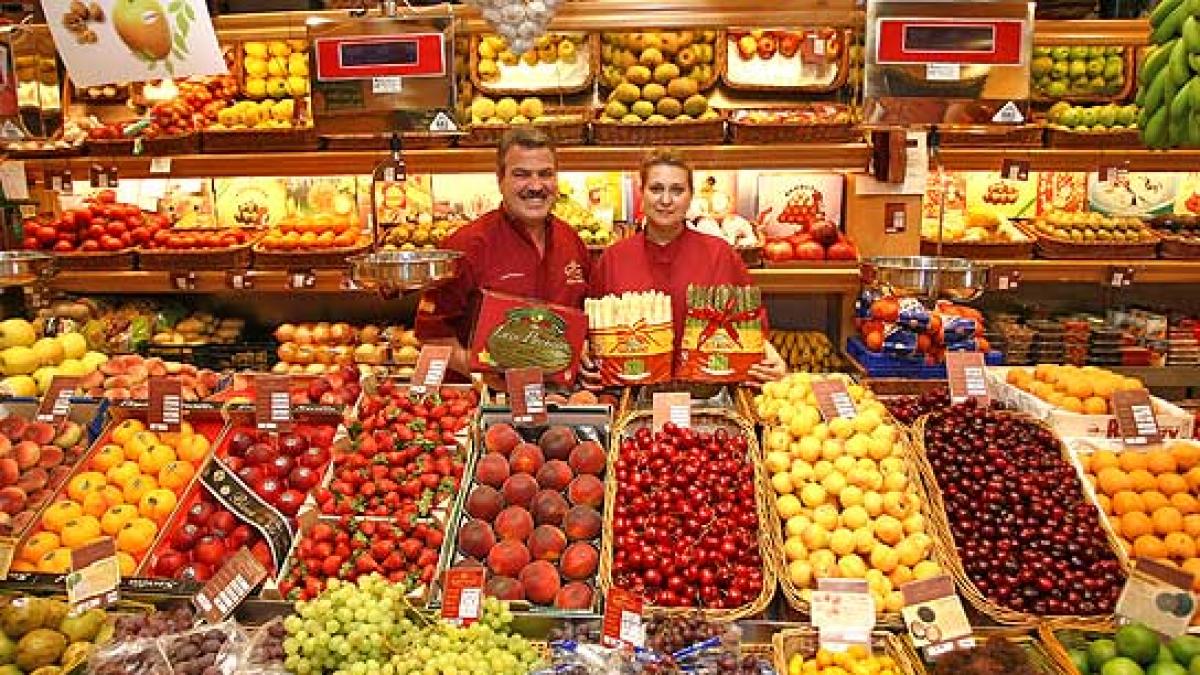The 'Fruteria'
The ‘frutería’ is the local shop where you buy your fruit and vegetables, fresh local produce which, in most cases, is grown locally.
Prices may be lower than in the supermarket, particularly in season, and the produce is fresher. There’s also no problem here in buying just one item of produce, as opposed to a large packet, and you may even be given a bunch of parsley free with your bag of shopping.

Photo - www.20minutos.es
Some are even open on Sundays, whereas most shops are not in Spain except in tourist areas in the high season.
You will recognise most of the fruit and vegetables on display, but there is some seasonal produce grown in Spain which may be completely unfamiliar.
The ‘chirimoya’ is a tropical fruit native to South America which is grown in southern Spain. It’s green on the outside with an oval shape, with a soft, creamy flesh inside. It’s known in English as the ‘cherimoya’ or the custard apple. Winter is the best time to eat them.
‘Nísperos’ are loquats, a small, round orange fruit which originated in China. They are usually available between April and June and are also known in English as Japanese or Chinese plums.
Then there’s ‘membrillo’ which is quince. It’s around from the end of September until February and is generally used for making ‘dulce de membrillo’, quince jelly which is eaten as a dessert or a spread. It’s delicious when served with Manchego cheese.
You may also find seasonal fruit and vegetables for sale in the doorways of houses as you walk around a Spanish village, which are grown by the seller on their land and may even be organic – ‘biológico’. Free range eggs are also often on sale in doorways.
